Where does sphagnum moss grow? How is the plant used?
Plants growing in swamps differ from others in structure, in their properties. Sphagnum moss is one of those grasses that, having adapted to terrestrial life, have retained some features of aquatic crops. The representative of bryophytes firmly takes its place in nature, sharing its useful properties with humans.
Many people are familiar with peat moss - sphagnum, meeting with it while walking in the forest. When walking on a beautiful moss carpet, your feet gently sink into it. At each step, a person feels moisture, as the climbing shoots absorb moisture from the soil, air, retaining it in their cells. But moss is the material from which peat masses, brown coal, have been formed for thousands of years. Sphagnum thickets play an important role in the regulation of the hydrological regime of the territories.
Content:
- Where and how sphagnum grows
- Useful properties and application in medicine
- Sphagnum moss in floriculture
- Harvesting and storage of a marsh plant
Where and how sphagnum grows
Sphagnum marsh moss is distributed throughout the globe, but unevenly. In the tropics, he prefers mountainous terrain, and in the northern regions, damp areas of pine and spruce forests. Sphagnum is less common in the steppes. The variety of plant species, the settlement of vast territories with it - everything speaks of its great role in natural groups. It is sphagnum and other bryophytes that play an important role in regulating the processes of evaporation of moisture from the ground.
The unusualness of sphagnum is not only in its structure, but also in its useful composition, which a person skillfully uses.
Moss develops with a simultaneous growth and decay process. While the upper part of the stems is developing, stretching by 1-3 centimeters, the lower one under the liquid layer of soil dies off, sinking over time to the bottom of the swamp.
Hence the variety of structure and color of moss tufts:
- The top layer of the plant is distinguished by many shades from light green, yellowish to red.
- At a depth of five centimeters, there are empty cells without chlorophyll, hence the presence of a pale yellow color.
- Below the water level, the moss stalks are light brown in color.
- Dying parts of sphagnum move to the bottom of the swamp.
The abundantly branching stem of a perennial plant is interesting. Small leaves consist of thin plates covering the stem in the form of scales. Between living cells are the transparent shells of the dead. They act as a reservoir to retain moisture by drawing in vapors from the environment.
Useful properties and application in medicine
In medicine, such a property of moss as hygroscopicity has long been appreciated. After all, it absorbs moisture twenty times more than ordinary cotton wool. This makes a wet piece of cotton ball impermeable to air. And sphagnum breathes perfectly even when wet. No wonder moss was used in the war years as a dressing agent. And surgeons in field hospitals used it to cleanse wounds from blood and pus.
An important property of the plant is wound disinfection.
Sphagnum actively fights against pathogenic fungi and bacteria. The role of antibiotics is played by the humic acids contained in it, substances from the coumarin class. Their pronounced bactericidal effect is detrimental to staphylococci, streptococci.
There are many ways to use sphagnum in medical practice:
- To heal wounds and burns, moss is wrapped in gauze and applied to the affected areas.
- With arthrosis, arthritis, baths are taken, in which the infusion of the plant is added. For its preparation, one hundred grams of dry grass is poured with three liters of hot water. After insisting for twenty to thirty minutes, the solution is filtered and poured into the bath. Such procedures are carried out twice a week for twenty minutes. In addition to treatment, sessions of water therapy increase perspiration, cleansing the body of toxins and toxins.
- For the prevention of fungal diseases of the nail, the feet put a layer of sphagnum in the shoes.
A plant from the family Bryophytes was known for its beneficial properties from a medical point of view ten centuries ago. And until now, doctors use it in the treatment and prevention of certain pathologies.
Sphagnum moss in floriculture
The benefits of sphagnum moss have also been appreciated by those who grow flowers. The material is used in different ways:
- Germinating seeds plants pass well in moist peat moss.
- The plant is used to improve the composition of the soil when growing indoor flowers. It makes the soil loose, nutritious, moisturized. In addition, you can be calm about the occurrence of diseases in planted crops. They will not be afraid of either fungi or bacteria. Moss will save plants from infection if you wrap the roots around them.
- For flowers that need high humidity for full growth, wet moss is placed in a tray or placed between the walls of pots inserted into each other.
- Keep bulbs and tubers of garden flowers simply by placing them in sphagnum moss.
- Rooting of cuttings will be more successful if crushed moss stalks are added to the substrate.
- Dried stems are good as a covering material for those plants that are afraid of frost.
- Peat, the best fertilizer for horticultural and horticultural crops, is based on sphagnum moss. And for high-quality growing of orchids, a substrate is needed, in which, in addition to fern leaves, pine bark, charcoal, there is white moss.
The curly stems of the plant are great for making hanging flower baskets. They support aerial-rooted crops. The indispensability of sphagnum in the cultivation of garden and indoor plants was appreciated by all flower growers.
Harvesting and storage of a marsh plant
Moss can be harvested at any time of the year. Take only the upper live branches, carefully cutting them off with scissors or a knife. You can and completely remove the grass by hand. The best place to collect sphagnum is near the trees. After collecting, the moss is squeezed out, removing the brown parts from it, clearing it of debris, needles. Keep the plant moist by placing it in plastic bags and leaving it in the cold.
The stems are dried by hanging them on hangers or spreading them out on fabrics.
This will allow him to maintain elasticity. It will also be well blown out. For protection from the weather, sphagnum is placed under a canopy. The plant dries slowly, acquiring a white color over time.
After that, the material is placed in paper bags, keeping it at room temperature. It is necessary to use raw materials within a year. You can harvest sphagnum even in winter by digging it out from under the snow. It does not lose its beneficial properties from frost.
More information can be found in the video:



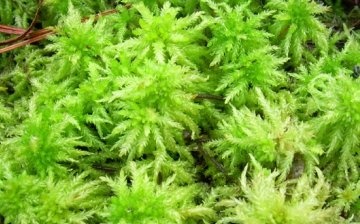

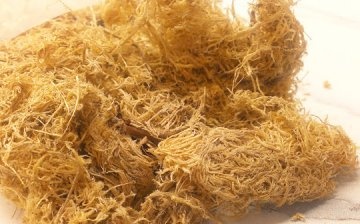
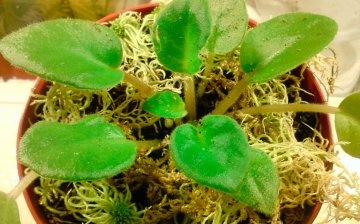
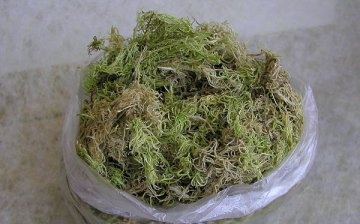





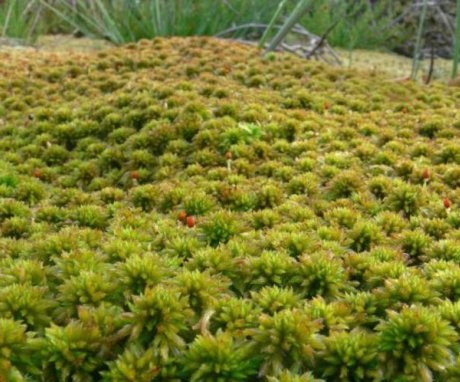
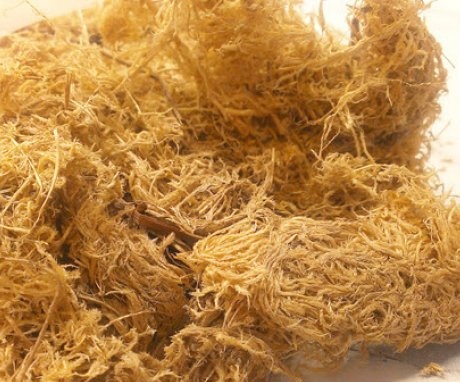
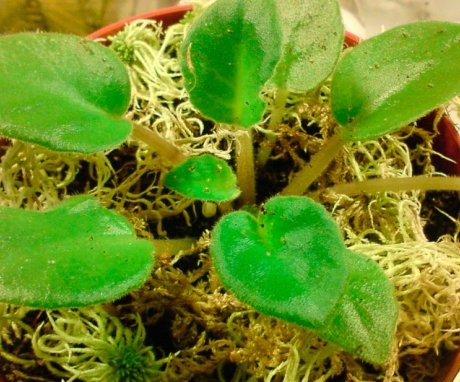
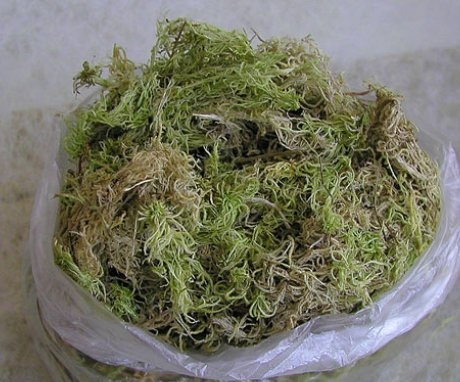
I have known about the benefits of moss for a long time, but I didn’t have to use it myself, because I didn’t know how. This year I will definitely collect and dry it according to the recommendations from the article. I will use it for flowers and try against nail fungus.
We used to have moss growing under the balcony, then for some reason it disappeared, I don't know what it is connected with, and I can't even imagine.For us, city dwellers, it has always been easily accessible, now everything has changed.